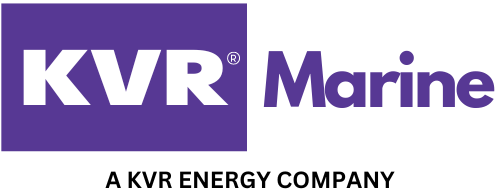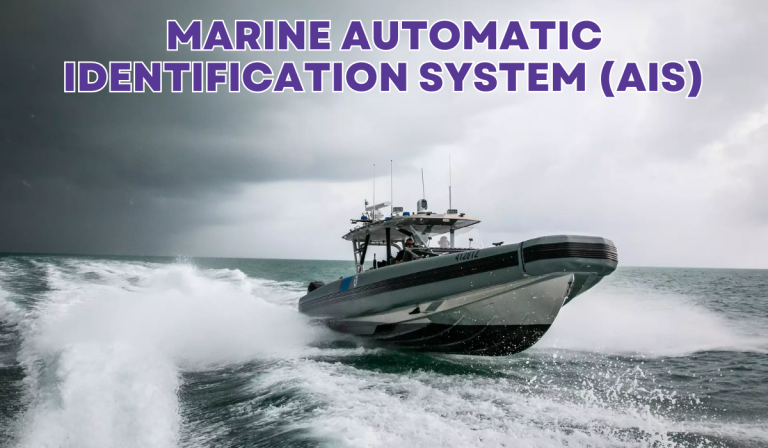
AIS Systems: Which Kind is Right for My Boat?
Automatic Identification System, or AIS for short, is a marine technology that allows vessels of all sizes to exchange navigational information and identity with each other and with shore-side traffic monitoring systems. The system was conceived to enhance safety on the high-seas, and reduce the number of collisions between ships and small craft by enabling them to better see each other, identify each other, and communicate their maneuvering intentions.
The AIS system works in the VHF maritime radio band, technically on what used to be channel 70. A full-function AIS transceiver is connected to the vessel’s navigation system and automatically transmits updated information to other users in radio range. Commercial ships, ocean-going vessels and recreational boats equipped with AIS transceivers broadcast AIS messages that include the vessel’s name, course, speed, and current navigation status.
Here at KVR Energy’s Marine Division, we carry Raymarine & Furuno Class A and Class B AIS systems which are critical marine electronic integrations for your vessel to ensure safety and collision avoidance.
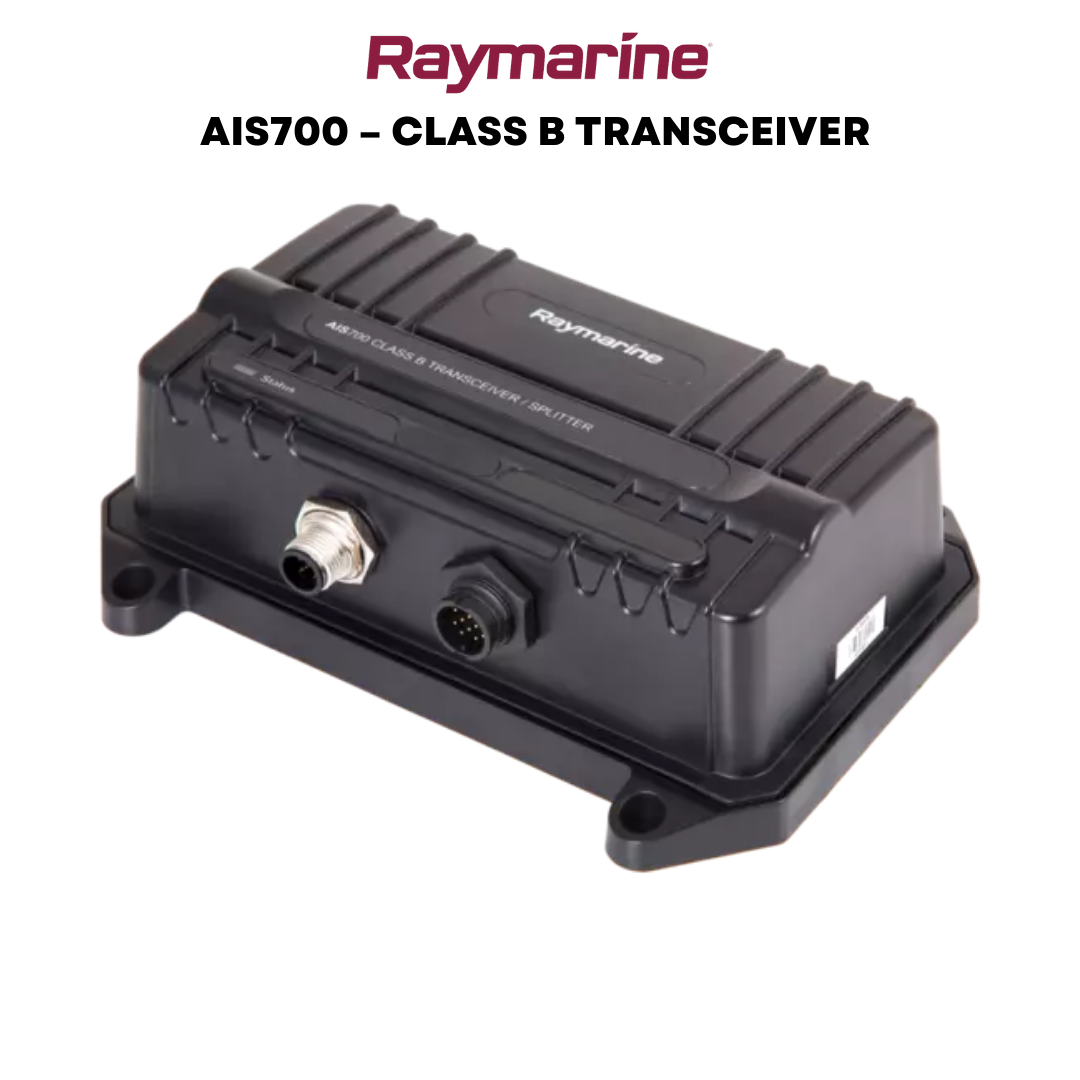
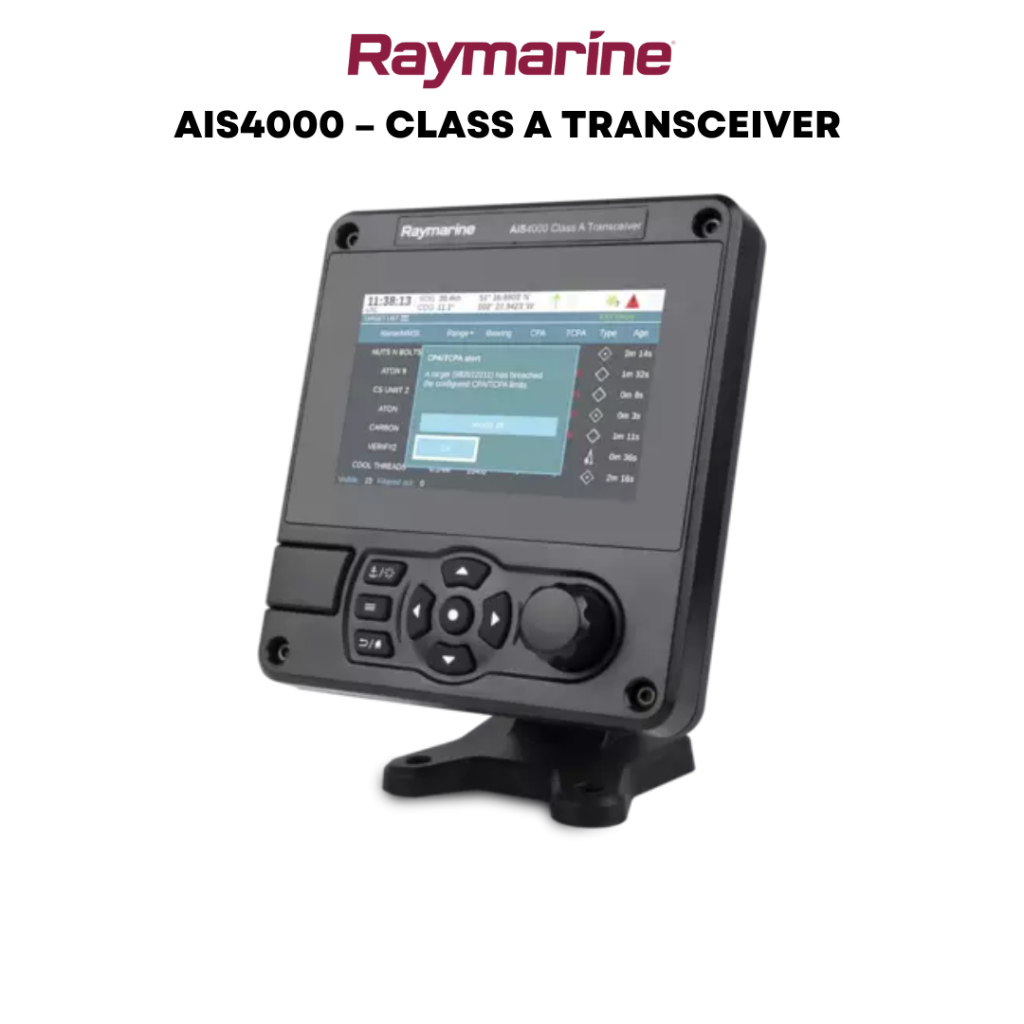
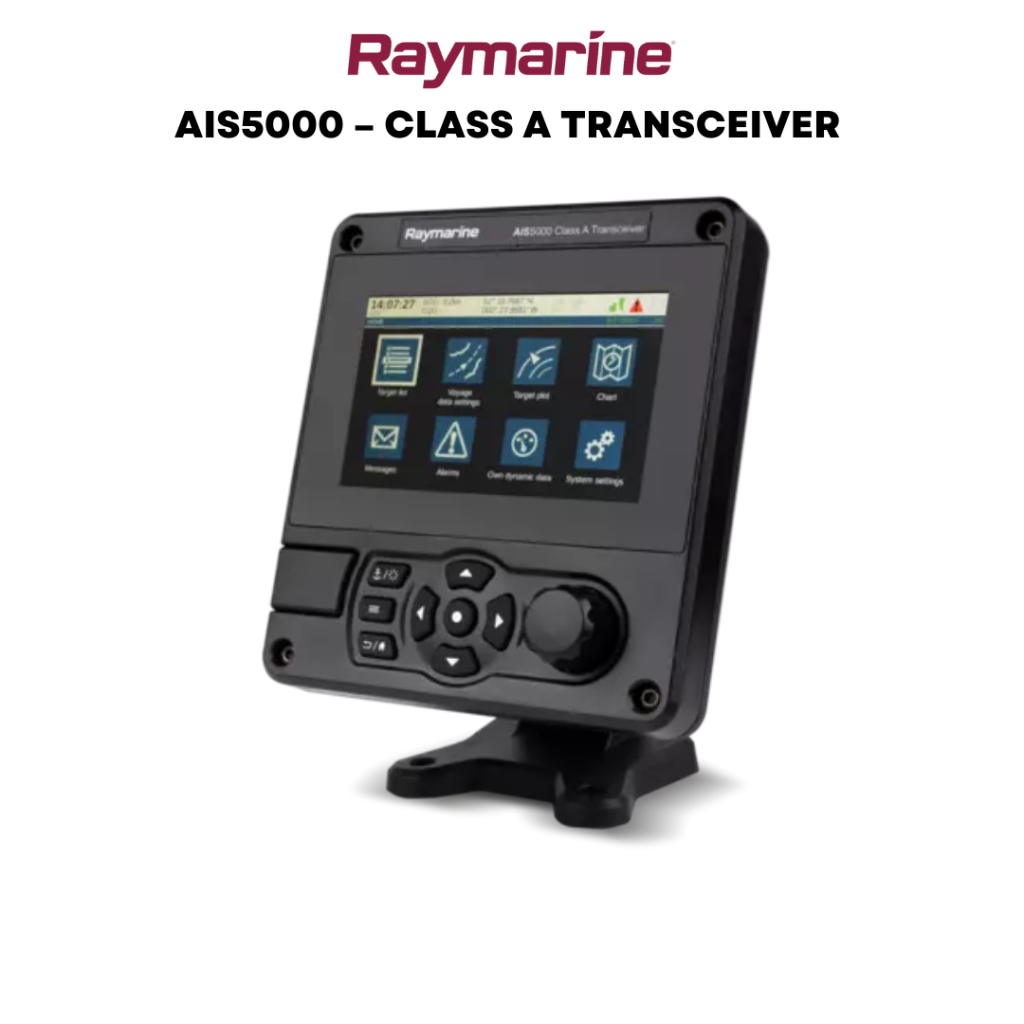
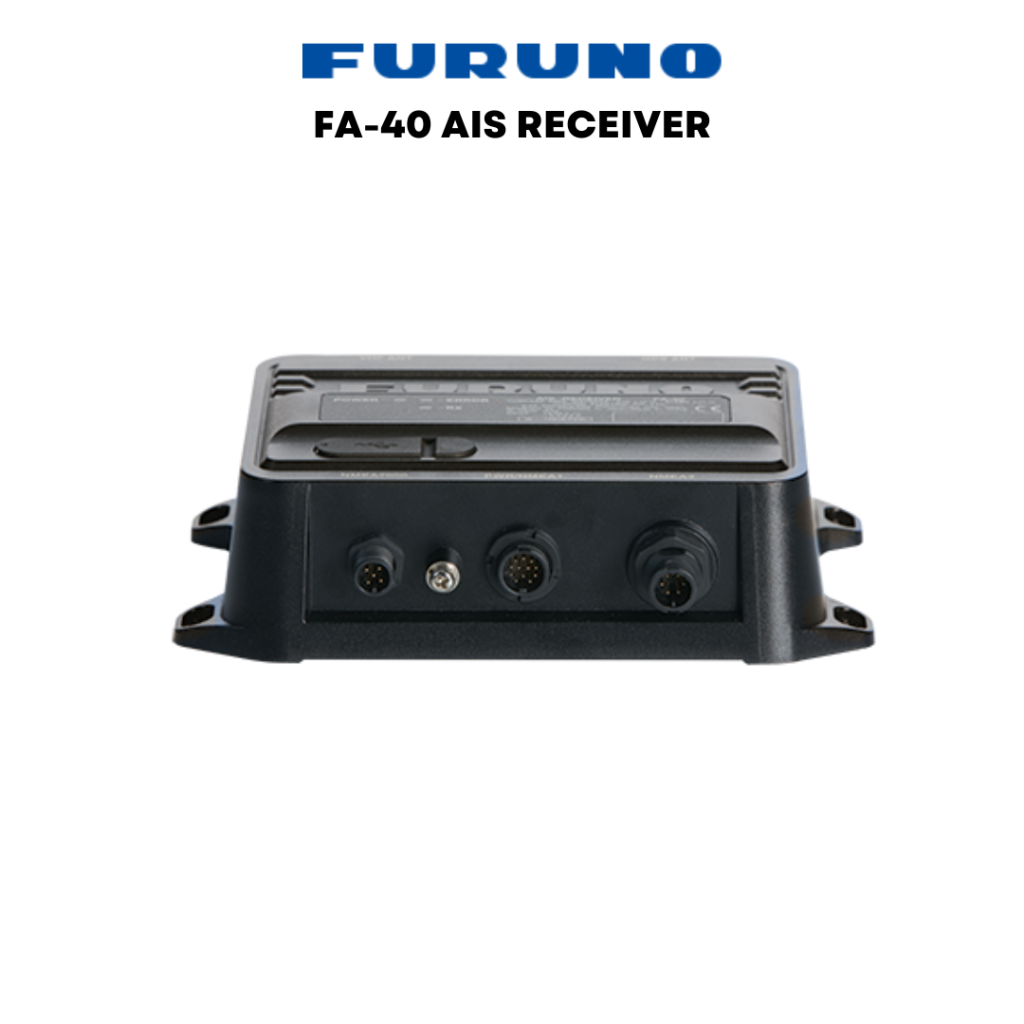
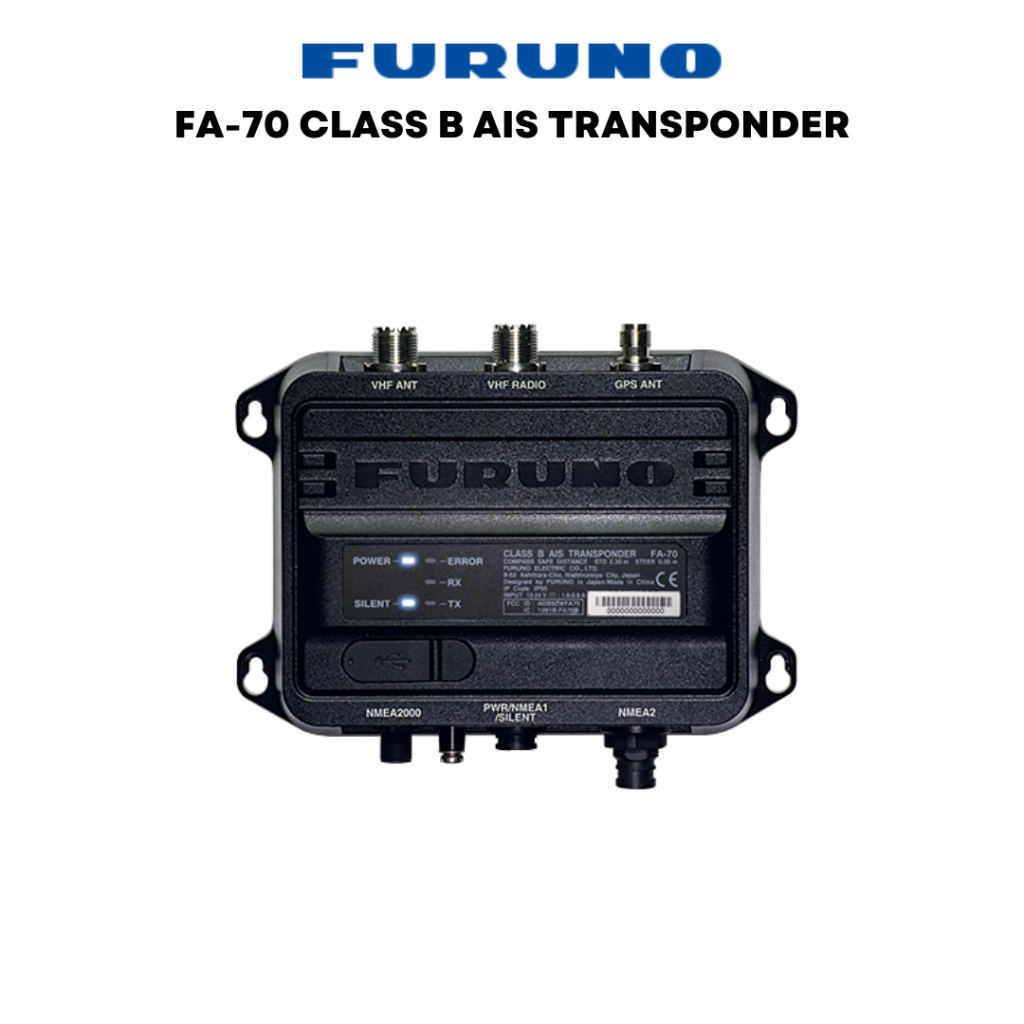
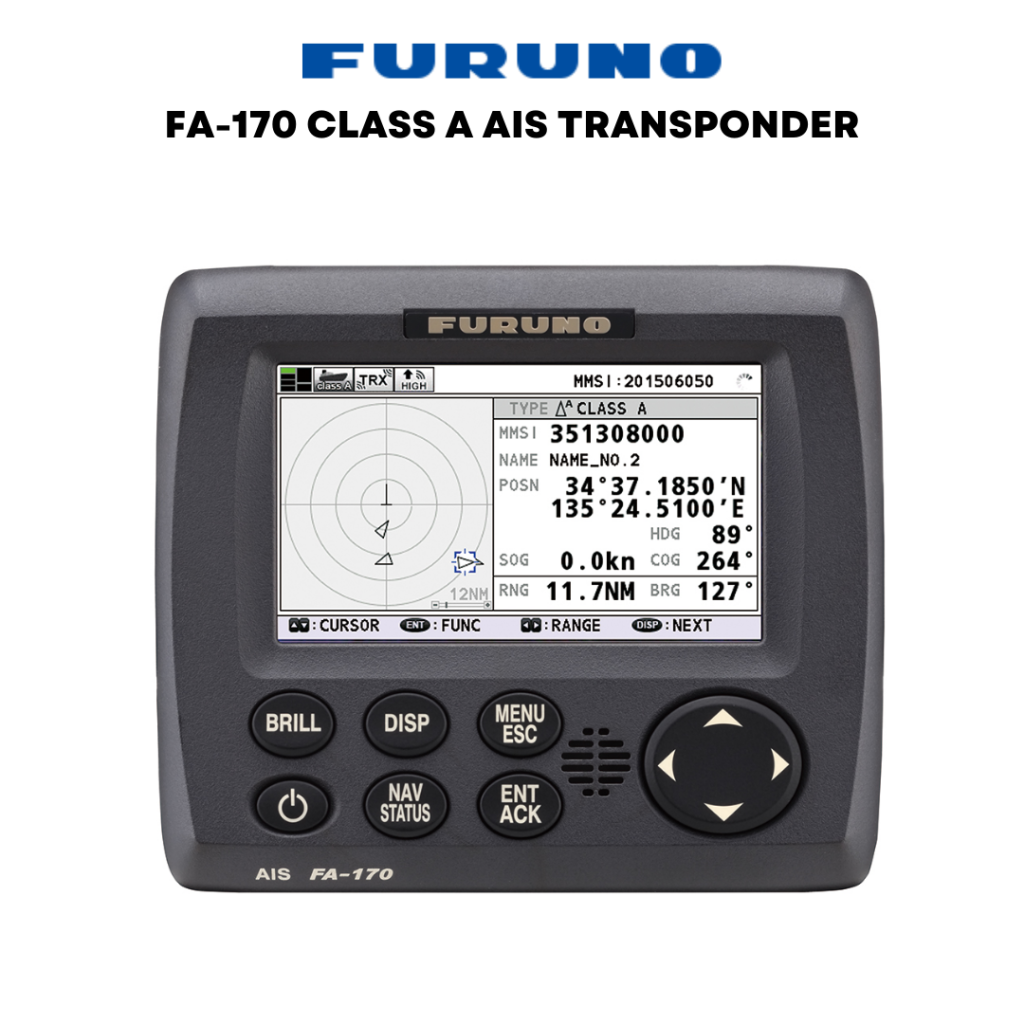
Different Types of AIS
Receive-only
• Inexpensive and low-powered
• Receive and see other vessels Class A and Class B data on Raymarine MFD radar and/or chartplotter
Class A
• Required for IMO/SOLAS commercial vessels
• Class A transmits and receives the full set of AIS information
Class B
• For small commercial vessels and pleasure vessels that do not need to comply with IMO/SOLAS regulations
• Transmits shortened/simplified AIS information at a slightly less frequent rate than Class A
• Less AIS functionality than Class A
• Uses lower transmission power
AIS Features
• Transmit your position – Fitting a Class A or Class B AIS transceiver ensures that you are seen by other AIS equipped vessels.
• Vessel protection – As part of a suitably configured network, AIS enables owners to be alerted to unauthorised vessel movements.
• Port Management – AIS can be used as a highly effective port management tool allowing easy identification, control and direction of vessels.
• Coastal Surveillance – AIS and radar can be fused to create effective and efficient coastal tracking, surveillance and safety systems.
We perform manual spec routine service and inspection using an RF meter to ensure proper communications performance. The preferred suggested use of VHF antenna is an AIS bandwidth, ideally a bandwidth 134 to 176MHZ & 6.0 dBi omni- directional gain.
Why do I Want AIS on My Boat?
The AIS system is all about enhancing safety on the water and reducing the chances of colliding with another vessel by allowing captains to clearly see the movements of each other vessels. When connected to a Raymarine chartplotter or MFD, AIS targets can be displayed as a layer on top of the live radar or chart display. AIS contacts can be colorized red or green to help differentiate between vessels that might present a hazard versus other traffic. AIS data can be used to calculate a vessel’s Closest Point of Approach (CPA) and sound alerts to the Captain when action is necessary.
AIS also provides positive identification of other vessels nearby. A quick tap or touch on an AIS target icon will reveal that vessel’s name, radio call sign, MMSI number and other details that make it much easier to raise them on VHF voice or DSC messaging.
Fitting a Class A or Class B transceiver to your boat also helps to make your boat more visible to other AIS equipped vessels. By broadcasting your position and identification to them, your boat should appear on their radar and chart display, making you more visible to watch standers.
In the event of an onboard emergency, having a Class A or Class B AIS Transceiver onboard also makes it significantly easier for emergency responders to locate your boat. All modern search, rescue and response vessels and aircraft are equipped with AIS technology for locating vessels in distress.
Feel Free To Reach Out To Us Directly!
+1 (868) 293-3547 or +1 (868) 461-6119 or +1 (868) 431-9776 or email marine@kvrel.com
